1. Murano Glass Chandeliers
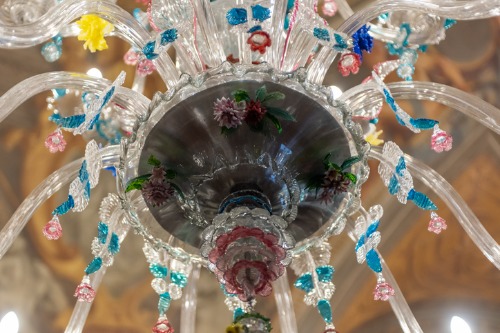
Blown by hand on the Venetian island of Murano, these chandeliers shimmer with history. Each one is a labor of skill, with artisans using centuries-old glassblowing techniques passed down through families. Designers covet them because they act as both lighting and sculpture, refracting light in dreamy, unpredictable ways. Their fluid shapes and jewel-like colors bring a touch of the Italian Riviera into any space.
They also symbolize a level of craftsmanship that’s becoming rare. No two are alike, and the subtle imperfections—tiny air bubbles or uneven swirls—prove they’re handmade. Even a single pendant or sconce from Murano can transform a modern room into something more soulful. That blend of art and function is exactly what designers chase.
2. Mid-Century Teak Credenzas
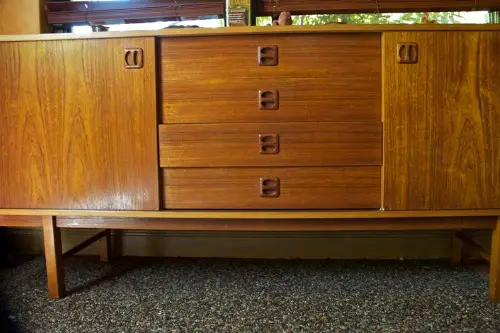
Designers treat mid-century teak credenzas like museum pieces—and for good reason. The craftsmanship of the 1950s and 1960s, especially from Scandinavian makers like G-Plan and Arne Vodder, combined utility with sculptural form. The warm, honeyed tones of real teak give rooms a grounded, organic character that newer pieces rarely capture. These credenzas often become the visual anchor of a room, blending storage and artful simplicity in one sleek form.
Their minimalist silhouettes also make them chameleons in design. Whether in a modern loft or a traditional home, they bring a sense of timeless sophistication. Many designers love the patina that develops over time, giving each piece a unique history. Restored versions can sell for thousands, a testament to how enduring their design truly is.
3. Eames Lounge Chair and Ottoman
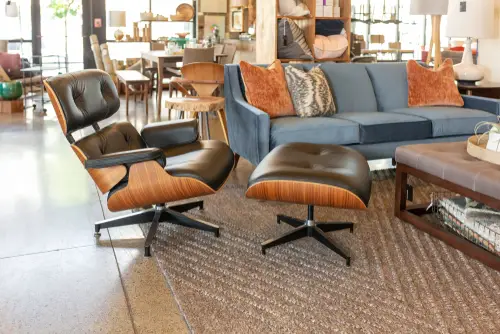
The Eames Lounge Chair isn’t just furniture—it’s an icon of modern comfort. First introduced in 1956 by Charles and Ray Eames, it redefined what luxury could look like: sleek, ergonomic, and warm. Its molded plywood shell and buttery leather upholstery became the blueprint for countless imitators. But none capture the original’s perfect mix of design innovation and cozy elegance.
Designers treat authentic Eames lounges like heirlooms. They’re not just beautiful; they tell a story of mid-century optimism and craftsmanship. The chair’s ergonomic design was ahead of its time, balancing form and comfort flawlessly. For design purists, finding one in original rosewood is like striking gold.
4. Persian Rugs
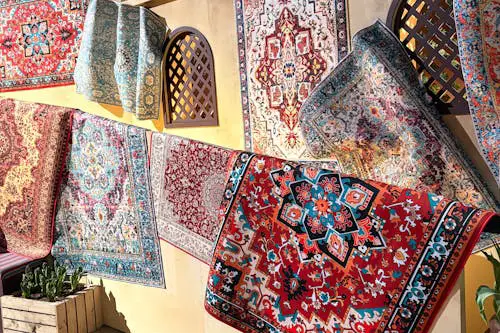
Persian rugs are as close as you can get to walking on a piece of history. Hand-knotted with natural dyes and intricate motifs, these rugs have been made for centuries in regions like Isfahan and Tabriz. Designers value them for their ability to inject color, pattern, and soul into otherwise minimalist interiors. A good Persian rug doesn’t just decorate a space—it defines it.
Each rug can take months or even years to complete, depending on its complexity. The wool’s softness deepens with age, and the colors mellow into a kind of visual poetry. Vintage rugs, especially those with slight wear, are beloved for their lived-in authenticity. They bring instant depth and character that new textiles can’t replicate.
5. Vintage Pyrex Mixing Bowls
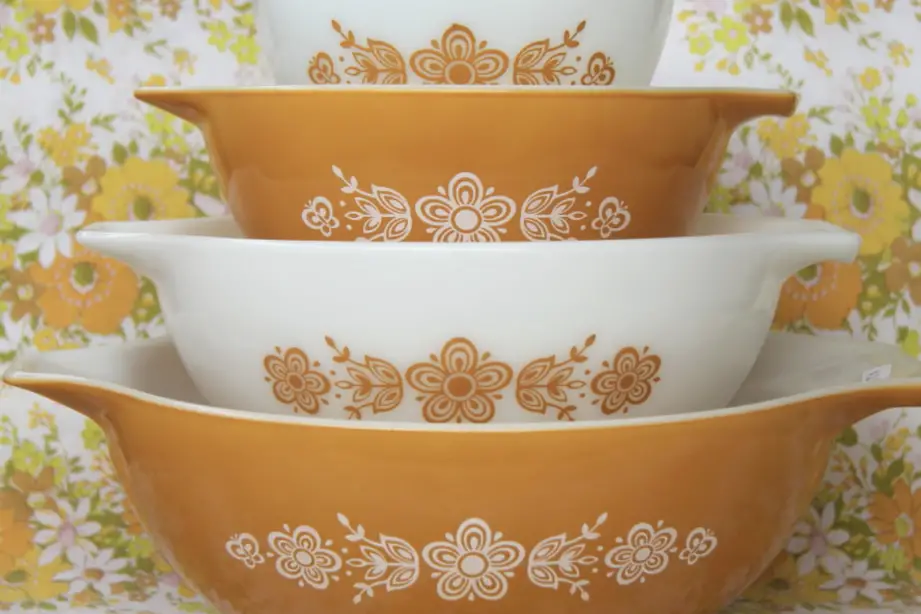
These cheerful, colorful glass bowls from the 1940s through the 1970s have become design-world darlings. Collectors chase after sets like the “Butterprint” or “Gooseberry” patterns, which were once humble kitchen staples. Designers love them because they blend nostalgia with utility, adding a playful retro touch to open shelving or kitchen displays. Plus, their vibrant colors are surprisingly modern when styled right.
Each Pyrex line tells a story about mid-century domestic life and American design trends. They’re durable, dishwasher-safe, and endlessly collectible. The resurgence of “grandmillennial” style has put them back in the spotlight. In a world of mass production, their old-school charm feels refreshingly personal.
6. Noguchi Coffee Tables
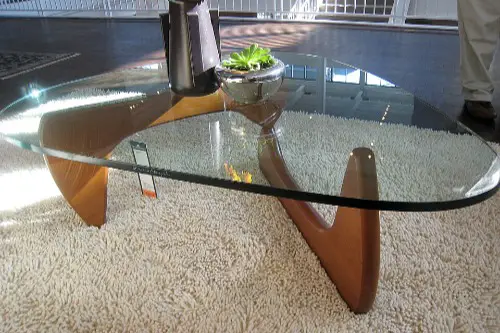
Isamu Noguchi’s sculptural coffee table, introduced in 1947, is still considered a masterpiece of organic design. The interlocking wood base and curved glass top make it look weightless yet perfectly balanced. Designers love how it brings an art-gallery feel into a living room without shouting for attention. It’s functional, but also a quiet conversation starter.
Each table feels almost alive in its simplicity, as though it’s been shaped by nature rather than tools. The smooth edges and natural materials evoke calm and harmony. Designers often pair it with plush, modern seating to contrast its minimal form. Decades later, the table remains a benchmark for design that’s both practical and poetic.
7. Vintage Typewriters
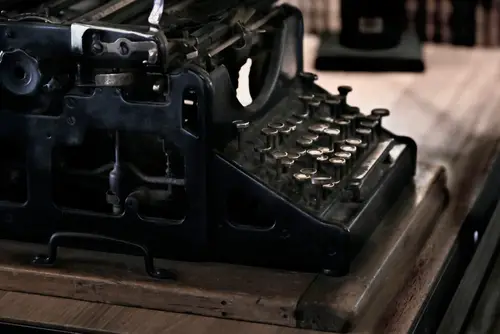
There’s something magical about the click-clack rhythm of a typewriter. For designers, these machines represent the tactile joy of creation before the digital age. Brands like Olivetti and Hermes made models that were as beautiful as they were functional, often in candy-colored enamel. On a bookshelf or desk, a typewriter adds instant narrative and nostalgia.
They also embody the idea of design with purpose—every key and lever had a reason for being there. Many designers use them as reminders of craftsmanship in an increasingly screen-based world. Even when they no longer work, they’re admired as mechanical sculptures. They’re not just tools—they’re time capsules.
8. Art Deco Bar Carts
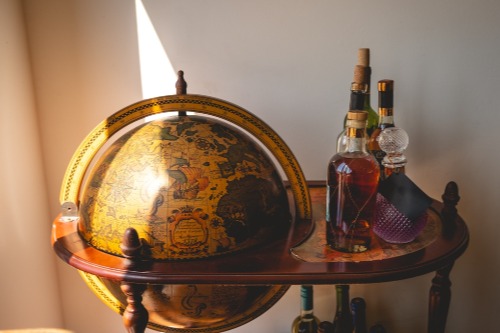
A gleaming Art Deco bar cart brings back the glamour of the 1920s. With chrome finishes, mirrored shelves, and elegant geometry, they transform cocktail hour into an event. Designers love them because they combine form and function, serving both as storage and centerpiece. They look at home in a minimalist space or a maximalist one—it’s all in the styling.
Their design roots lie in the post-Prohibition era, when entertaining at home became chic. Authentic versions often feature intricate marquetry or brass detailing that newer models can’t quite imitate. Pairing one with vintage glassware completes the story. It’s a small piece that instantly says, “I care about the details.”
9. Windsor Chairs
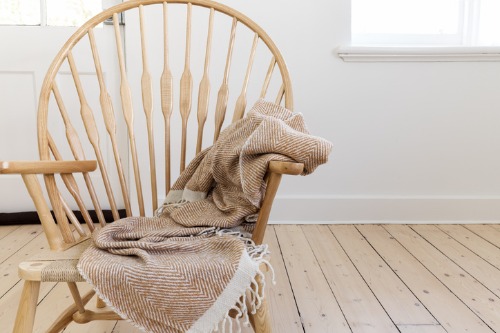
The Windsor chair is centuries old, yet endlessly versatile. Originating in 18th-century England, its spindled back and solid wood construction made it both durable and graceful. Designers love the way its simple silhouette plays well with modern, rustic, or coastal styles. When repainted or left in raw wood, it bridges past and present effortlessly.
Many designers hunt for vintage Windsors with hand-turned legs and visible joinery. Those imperfections tell of real craftsmanship, not machine repetition. Whether grouped around a farmhouse table or used singly as an accent, they exude quiet confidence. It’s heritage design that feels timeless, not dated.
10. Vintage Apothecary Cabinets
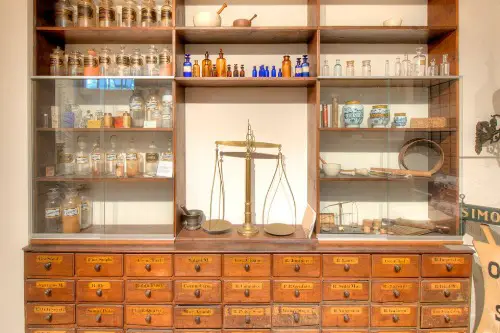
Originally used by pharmacists to store herbs and medicines, these multi-drawer cabinets are now beloved for their versatility. Their weathered wood, tiny brass pulls, and endless compartments make them irresistible to collectors. Designers often repurpose them as entryway storage, jewelry organizers, or statement console pieces. Each drawer invites curiosity about what might be inside.
The craftsmanship in these cabinets is unmatched—hand-dovetailed joints and solid hardwoods built to last. Their aged patina gives spaces a sense of authenticity and warmth. They fit beautifully into both industrial and rustic settings. Designers see them as functional sculptures, where history meets daily life.
11. Danish Modern Dining Chairs
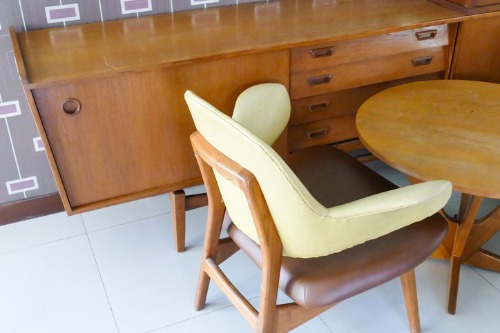
Clean lines, gentle curves, and natural materials make Danish modern dining chairs a designer favorite. Makers like Hans Wegner and Børge Mogensen turned simple seating into works of art. The balance between comfort and form is what makes these chairs timeless. Even in minimalist interiors, they add texture and soul.
Many are made from teak or oak, with woven paper cord seats that age gracefully. Designers prize original craftsmanship over reproductions, noting that vintage pieces feel more alive. They’re light, elegant, and ergonomically sound. The best ones look effortless, which is the hallmark of great design.
12. Bakelite Radios
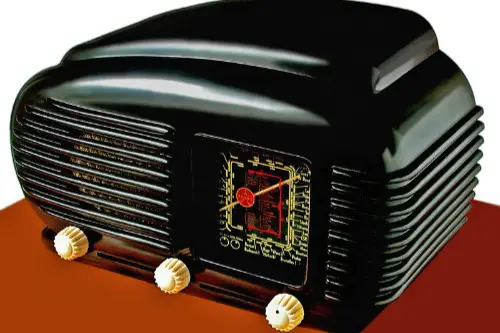
Before plastic was everywhere, there was Bakelite—the first synthetic resin used in consumer goods. Radios from the 1930s and 1940s made of this glossy material are now collector favorites. Designers appreciate their sculptural silhouettes and nostalgic warmth. They bring an instant retro charm to shelves or side tables.
Each radio reflects the optimism of early industrial design, when technology was still something to marvel at. The color range—from butterscotch to deep oxblood—feels surprisingly current. Even when they’re no longer functional, they add character to a space. Designers often use them as visual punctuation marks in modern rooms.
13. Vintage Botanical Prints

Delicate yet informative, vintage botanical prints were once used for scientific study. Today, they’re treasured as artwork that brings organic beauty indoors. Designers love their muted colors, fine detail, and sense of calm. A set of framed botanicals can instantly soften a modern space.
Many original prints were hand-colored engravings from the 18th and 19th centuries. Their slight imperfections and fading add charm rather than detract from it. Designers often mix them with modern art for contrast and balance. They remind us that nature and art have always been intertwined.
14. Ironstone Pitchers
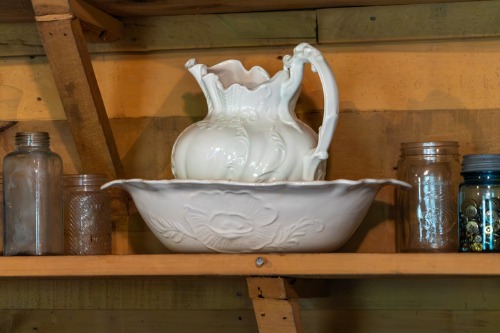
White ironstone pitchers have become a quiet obsession for vintage lovers. Once everyday kitchenware in the 1800s, they now embody understated elegance. Designers use them as vases, centerpieces, or sculptural accents on open shelving. Their creamy glaze and simple shapes feel timeless and serene.
What makes them special is their versatility—they suit farmhouse, coastal, and minimalist interiors alike. The tiny cracks and crazing that come with age only add character. Designers appreciate how they catch light subtly, brightening any room. They’re proof that beauty often hides in the humble.
15. Record Players and Vinyl Collections

There’s no substitute for the ritual of playing a record—the crackle, the sleeve art, the physical act of listening. Designers often treat vintage turntables as focal points, pairing them with mid-century consoles or open shelving. Brands like Dual and Garrard produced models that are as elegant as they are functional. Vinyl itself adds a tactile layer of nostalgia that fits beautifully in curated spaces.
The design appeal goes beyond sound. The hardware’s brushed metal and wood veneer add texture and authenticity. Many designers use record setups as storytelling tools—a reflection of taste and time. It’s a functional décor piece that invites both conversation and music.
16. Tiffany Lamps
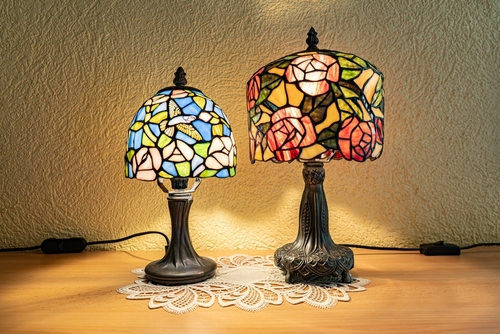
Few lighting pieces inspire reverence like an authentic Tiffany lamp. Designed in the late 19th century by Louis Comfort Tiffany, these stained glass masterpieces transformed lighting into art. Each shade was meticulously hand-cut and soldered, creating kaleidoscopic patterns when lit. Designers treasure them for their color, craftsmanship, and unmistakable glow.
They fit beautifully into both traditional and eclectic interiors. The artistry in each lamp is nearly impossible to replicate today, which is why originals fetch high prices. Designers see them as timeless investments that never go out of style. More than décor, they’re symbols of artistry and light itself.
This post 16 Vintage Home Goods That Designers Treat Like Sacred Artifacts was first published on Greenhouse Black.
